Crazy about collies
Intelligent and affectionate, collies are as at home on the sofa as they are in the field. Matthew Dennison rounds up devotees of these wonderful working dogs.

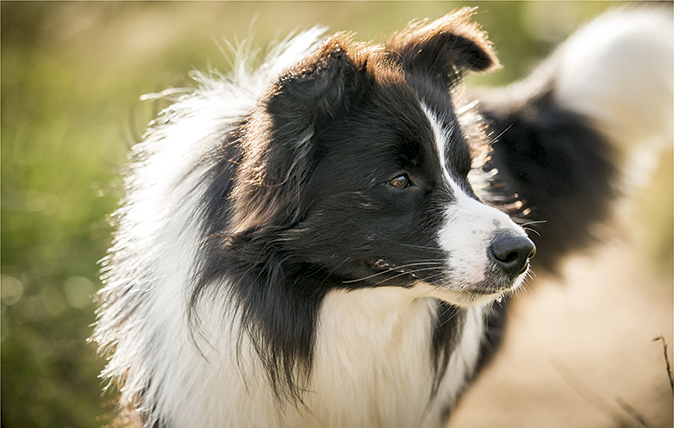
Photographs by Sarah Farnsworth
A dog accounted for the success of a series of cheap cartes-de-visite—small, business card-size photographs resembling postcards—authorised for sale by Queen Victoria in 1866. The dog in question was a two-year-old smooth collie called Sharp. Dressed all in black, five years after the death of the Prince Consort, the grieving sovereign—almost smiling—places her gloved hand on Sharp’s neck with an expression of tangible tenderness. For Victoria’s subjects, it was a heart-warming image and one that did much, not only for public sympathy with the reclusive widow, but to popularise the breed itself.
Sharp’s grave in Home Park at Windsor commemorates ‘the favourite and faithful Collie of Queen Victoria from 1866 to 1879’. He was the first of the breed Victoria kept as a pet (there had been working collies in the royal kennels since the 1840s) and her fondness for him led her to acquire nearly 90 others over the course of her life.
Today, these canines still inspire the same lifelong loyalty among their owners. Zanny Hanington acquired her first in 1964 and has since had more than 15, including her current red-and-white Welsh border collie, Roan.
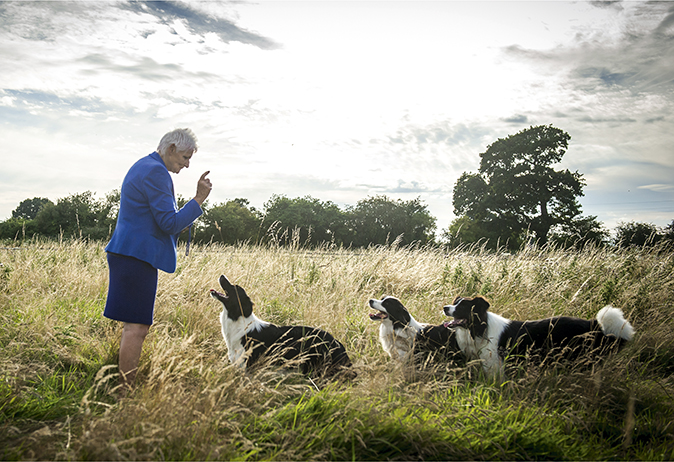
Judith Gregory, president of the West of England Border Collie Club, has owned borders for more than six decades, since attending obedience training with her Jack Russell as a teenager and losing her heart to one in the same class. She bought her first puppy in instalments with her pocket money and has spent the past 40 years breeding and judging them: she currently owns 14 black-and-white collies, aged between 15 and three months.
David Abbott shares his cottage on the Cotswolds escarpment with 13 rough collies. He was given his first collie-style dog, a Shetland sheep-dog (a breed originally described by Crufts as ‘miniature collies’), when he was 14.
All agree that key to the appeal of this group of pastoral dogs, first used for herding in Scotland and northern England, is their intelligence and sensitivity. ‘What I love about them is their responsiveness, their loyalty and their intelligence,’ enthuses Mrs Gregory, who is also a psycho-therapist. ‘Border collies, in particular, are very, very intelligent dogs, but, above all, it’s their responsiveness to humans that’s so wonderful. They’re very sensitive to your mood. If you’re low and a little bit sad, they’ll become quiet; they nuzzle you gently. Sometimes, I’ve taken dogs into care homes —they’re tremendous therapy dogs.’
Exquisite houses, the beauty of Nature, and how to get the most from your life, straight to your inbox.
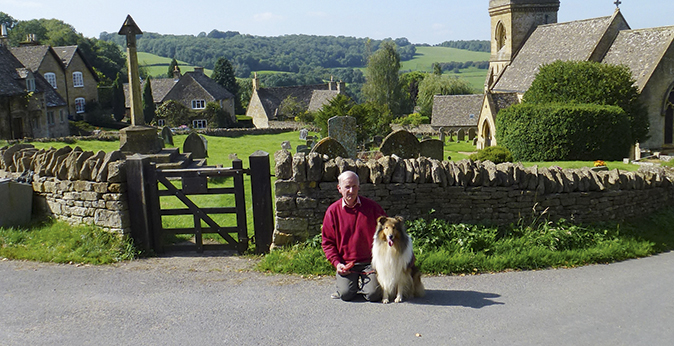
Mr Abbott agrees: ‘There’s no doubt that, when I returned to Britain after 10 exciting years of living abroad, my dogs helped me to settle down again. All rough collies are different, but they’re sensitive dogs. That said, they should be calm dogs, not nervous or highly strung, especially if they’re going to live with children.’
Today, the Kennel Club recognises rough, smooth, border and bearded collies as distinct breeds. Like other pastoral dogs associated with working sheep and cattle, they have a waterproof double coat, which, in the case of the long-haired rough and bearded collies, needs to be groomed daily.
Borders, in particular, retain an instinct to work. ‘They’re work-orientated and need a lot of mental stimulation if they’re not to become bored and naughty,’ cautions Mrs Gregory, but all collies thrive on regular exercise. Owners of both border and rough collies point to their tendency to round up family members at certain moments, a throwback to their original purpose—children can often find themselves being ‘herded’ during games outdoors.
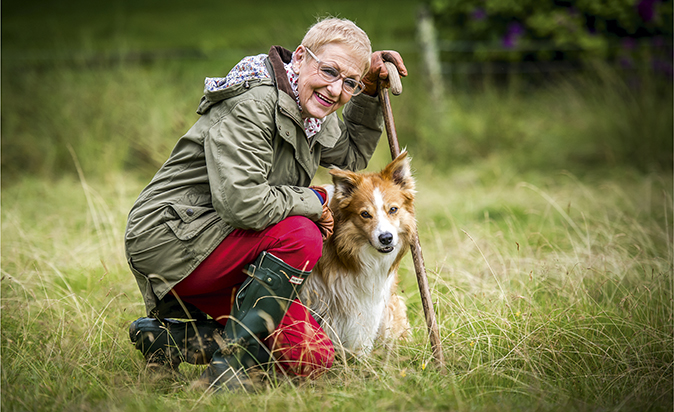
‘Alternatively, you become a member of their pack,’ Mrs Hanington muses, ‘and, like all dogs with brains, they can become a handful unless you know what you’re doing and keep them occupied. However, the fact that they’re so intelligent means they’re also very biddable.’
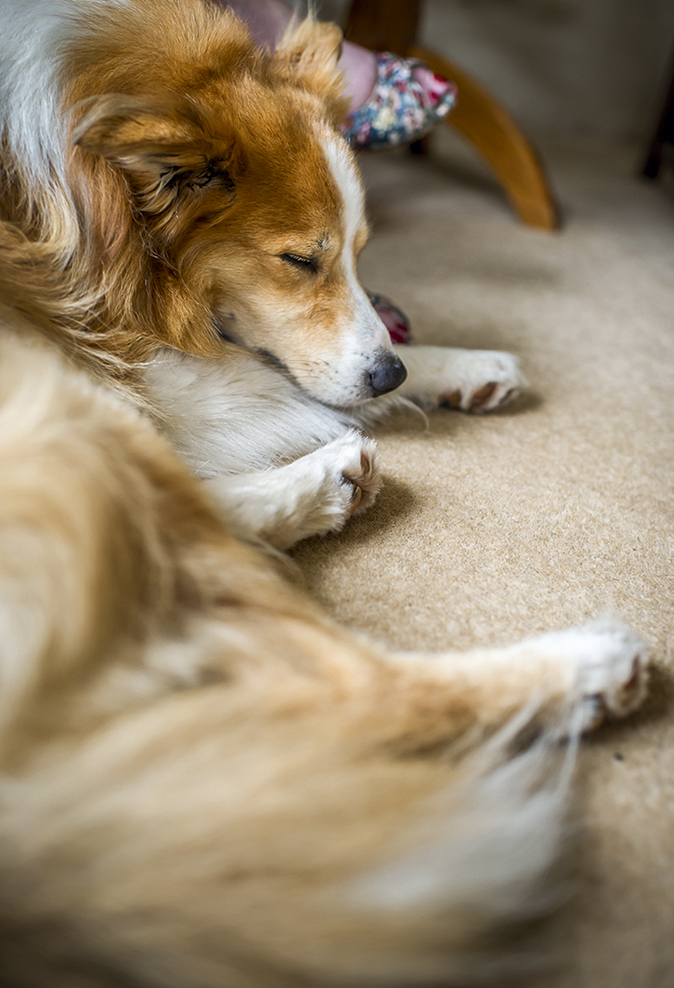
That quality was one Queen Victoria valued. ‘My favourite collie, Noble, is always downstairs when we take our meals,’ she recorded in her journal on September 14, 1873, of a morning at Balmoral. ‘[He] was so good, Brown making him lie on a chair or couch, and he never attempted to come down without permission, and even held a piece of cake in his mouth without eating it, till told he might. He is the most “biddable” dog I ever saw, and so affectionate and kind; if he thinks you are not pleased with him, he puts out his paws and begs in such an affectionate way.’
Although Victoria owned a number of white collies, including Nannie, given to her by Lord Haddington in 1885, Snowdrop, painted by Maud Earl in 1895, and Squire, her dogs were predominantly black with flashes of white or sometimes tan, like Noble and Sharp.
Today, breed standards recognise collies in a number of colours. Old Hemp, the dog usually regarded as the progenitor of modern border collies, that was bred in Northumberland in 1893, was black and white. Although Mrs Gregory keeps only black-and-white border dogs, Mrs Hanington has owned varying colours, including those with red-and blue-merle coats. A blue-merle pattern coat is especially attractive in rough collies, as are tricolour coats of black, tan and white.

Yet it was not Old Hemp’s colouration, but his working habits and temperament that distinguished him among border collies more than a century ago. ‘He flashed like a meteor across the sheepdog horizon,’ wrote his owner, because Old Hemp worked virtually in silence and, as if instinctively, with a fixed sense of purpose. This quiet, alert diligence is still a hallmark of working collies and a feature of agility and obedience competitions popular for the breeds.
‘A well-trained border collie is under control the whole time and always alert,’ Mrs Hanington explains. ‘We have very little passing traffic here, but I always know in advance when a car, some walkers or the postman are approaching, because of Roan’s alertness. It’s part of what makes these dogs such good companions.’
Mrs Gregory remembers a cheering story recounted to her by an author, who bought a dog from her. ‘A French bulldog lived in a neighbouring cottage and the two dogs quickly became friends,’ she recalls. ‘Then, one day, the bulldog fell into a pond and, without any prompting, simply by instinct, working rapidly and quietly, the border collie went into the pond and rescued it. It was very heart-warming.’
Intelligent, energetic, responsive both to training and to mood, border, rough and bearded collies remain popular among British dog owners, although smooth-collie numbers are less healthy. For the most part, their story is an inspiring one for anyone concerned by the plight of Britain’s native dog breed: working dogs that have success- fully—and deservedly—made the transition to household pet.
How lassie came home
- Thanks to a short story written in 1938 by Eric Knight, rough collies are among the most recognisable breeds in the world. Lassie Come-Home became a novel and, in 1943, a film starring a young Elizabeth Taylor and a rough collie called Pal. Multiple films and a television series followed
- Among the best-known sentimental paintings of the 19th century is Charles Burton Barber’s A Special Pleader of 1893, featuring a dog usually identified as a tricolour border collie
- The hero of Alfred Ollivant’s 1898 classic children’s novel Owd Bob is a ‘grey dog of Kenmuir’. Readers and film-makers have traditionally imagined Bob as a border collie
- Few Blue Peter viewers of the 1970s will forget Shep, the excitable black-and-white border collie that formed a close bond with presenter John Noakes (who became known for his impassioned plea of ‘Get down, Shep!’) and went on to star in the series Go with Noakes
- The Danish Kennel Club presented Crown Prince Frederick and Crown Princess Mary of Denmark with a red-and-white border collie puppy, Ziggy, as a wedding present
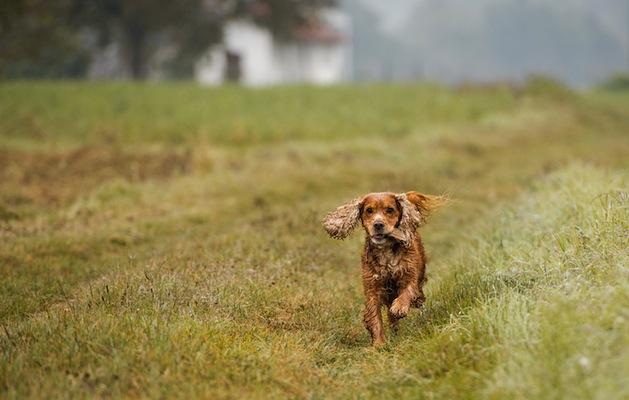
Top 5 National Trust properties for dogs
You and your four-legged friend are guaranteed a great day out at one of these dog-friendly National Trust properties.
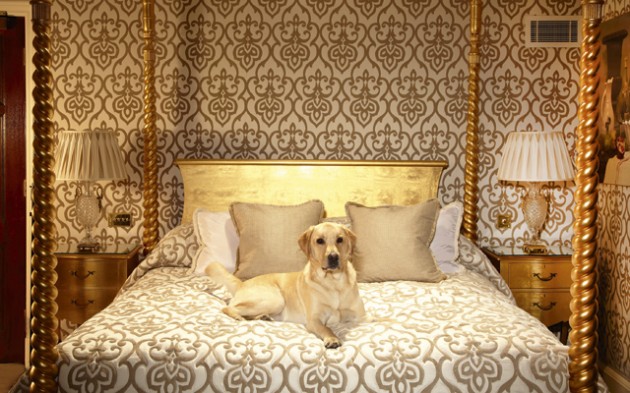
The 5 best dog-friendly hotels in London
Where to let sleeping dogs lie.
Country Life is unlike any other magazine: the only glossy weekly on the newsstand and the only magazine that has been guest-edited by His Majesty The King not once, but twice. It is a celebration of modern rural life and all its diverse joys and pleasures — that was first published in Queen Victoria's Diamond Jubilee year. Our eclectic mixture of witty and informative content — from the most up-to-date property news and commentary and a coveted glimpse inside some of the UK's best houses and gardens, to gardening, the arts and interior design, written by experts in their field — still cannot be found in print or online, anywhere else.
